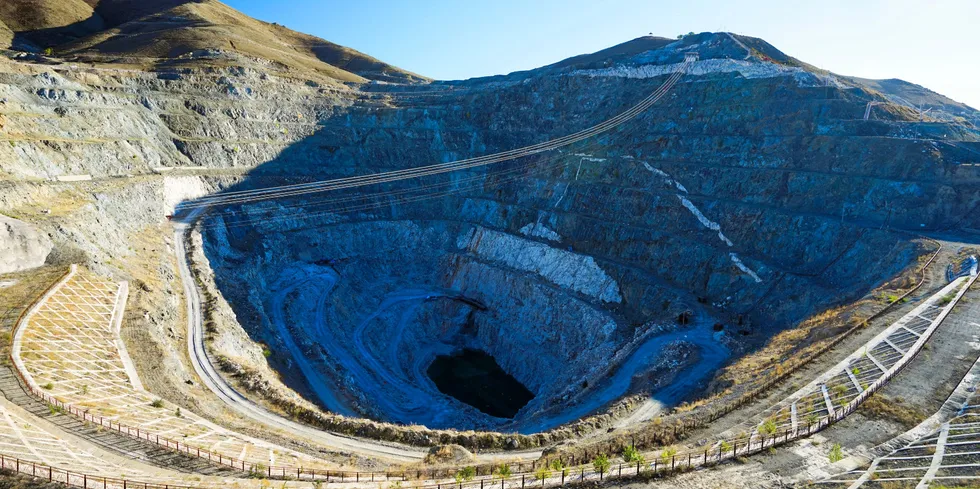US funds 'first-of-a-kind' pilot to mine clean energy minerals from legacy waste
Washington stumps up $156m to build demonstration 'refinery' seen key step toward building a domestic clean technology supply chain for renewables deployment

Washington stumps up $156m to build demonstration 'refinery' seen key step toward building a domestic clean technology supply chain for renewables deployment
